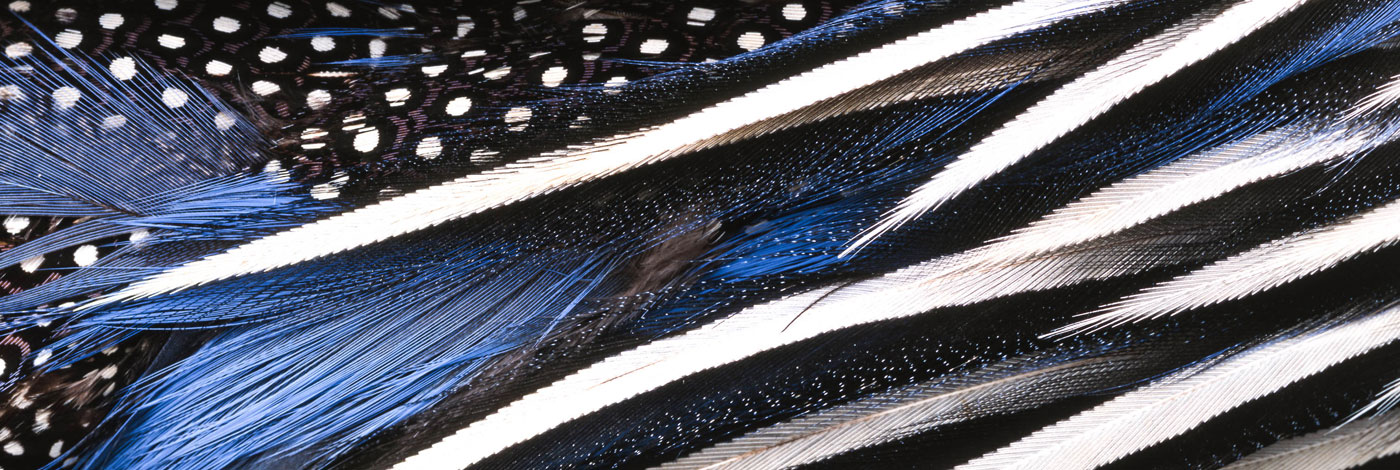
 Zoosystema
27 (1) - Pages 137-161
Zoosystema
27 (1) - Pages 137-161A phylogenetic analysis of 11 taxa and 31 characters resulted in a single most parsimonious tree that supports monophyly of the goniasterid genera Iconaster and Glyphodiscus. Four new species, Glyphodiscus magnificus n. sp., Glyphodiscus pentagonalis n. sp., Iconaster uchelbeluuensis n. sp., and Iconaster vanuatuensis n. sp., are described and two species are synonymized. At least three species within the genus Iconaster appear to have invaded shallower water from a deeper-water ancestry. Glassy tubercles, similar to those interpreted as photoreceptors in ophiuroids and other goniasterids, are present in the shallow-water Iconaster clade. Glassy tubercles are largely absent in the deeper-water sister and outgroup taxa, suggesting their occurrence is related to photic zone or shallow-water occupation. Biogeographic patterns as presently known suggest that diversification in Iconaster and Glyphodiscus has been restricted to the central and south Pacific regions.
Echinodermata, Asteroidea, Valvatida, Goniasteridae, Iconaster, Glyphodiscus, morphology, onshore-offshore, deep-sea, evolution, new species.